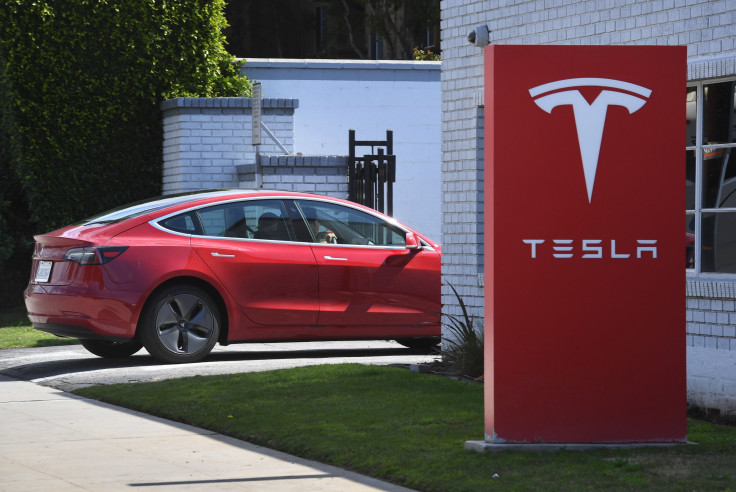Tesla Has No Demand Problem, But Delivery Is An Issue

Tesla Inc. doesn’t have a demand problem so much as a delivery problem, and the company’s failure to deliver masses of its electric vehicles (EVs) is what’s gotten Wall Street analysts all tied-up in knots over the past few months.
This failure to deliver Tesla EVs, especially its market-leading Model 3, on time can explain Tesla’s travails, argues an analysis published in the financial commentary site, Seeking Alpha. Demand for Tesla EVs also remains strong, as does production.
Delivering tens of thousands of EVs is a challenge Tesla hasn’t mastered. Shipping the Model 3 to Europe and China starting in late 2018 further strained Tesla’s already stretched delivery capabilities to the limit and led to a steep reduction in deliveries. This drop-off in deliveries might have been misinterpreted as a slump in demand by some Wall Street analysts.
Model 3, which accounts for more than half of Tesla’s revenues and most of its production, is driving the growth of the worldwide market for EVs. The report claims there is evidence demand for the Model 3 continues its rapid growth.
Tesla wasn’t hit by a Model 3 demand issue in the first quarter contrary to Wall Street analysts asserting the significant drop in demand for the Model 3 is a symptom of deeper problems at Tesla. Instead, what Tesla had to contend with was a delivery issue. Production was fine. Deliveries weren’t.
The extent of Tesla’s missed deliveries caused Wall Street analysts to misinterpret the Model 3's true demand, according to Seeking Alpha. More specifically, Wall Street was aghast at the 19 percent drop in deliveries in the fourth quarter of 2018, which stood at 63,150 Model 3s to 50,900 in Q1 2019. The 19 percent drop helped slash Tesla’s stock price by 7.8 percent and led some analysts to blame falling demand for this outcome.
The delivery problem seems to have dissipated, however. In the United States and Canada, Tesla delivered 33,000 Model 3s in April and May and expects to deliver another 33,000 more in June. These numbers actually exceed the production numbers in Q1.
Over the past six months, Europe has become one of Tesla’s leading markets. Demand for the Model 3 remains high in environmentally conscious Norway. This Nordic country registered almost 10,000 Model 3s since November 2018.
Tesla delivered 1,649 EVs to Sweden since January. Again, the majority of these deliveries likely occurred in April-May due to the poor deliveries of Q1. Germany registered 575 Model 3s in April, a number that has certainly increased since then.

China, however, is Tesla’s largest foreign market. It wants EV sales to jump to two million units by 2020 and Tesla, which is a huge hit among the Chinese, looks to make itself the leader in the luxury class.
Tesla’s sales in China will receive a massive boost when its Gigafactory 3 begins producing the Standard Range Plus Model 3, the Model S and the Model Y by year-end. Tesla expects to produced more than 3,000 EVs annually at Gigafactory 3, as well as the complex battery packs that will power these cars.
Tesla is now accepting pre-orders for the Standard Range Plus Model 3.
© Copyright IBTimes 2025. All rights reserved.





















